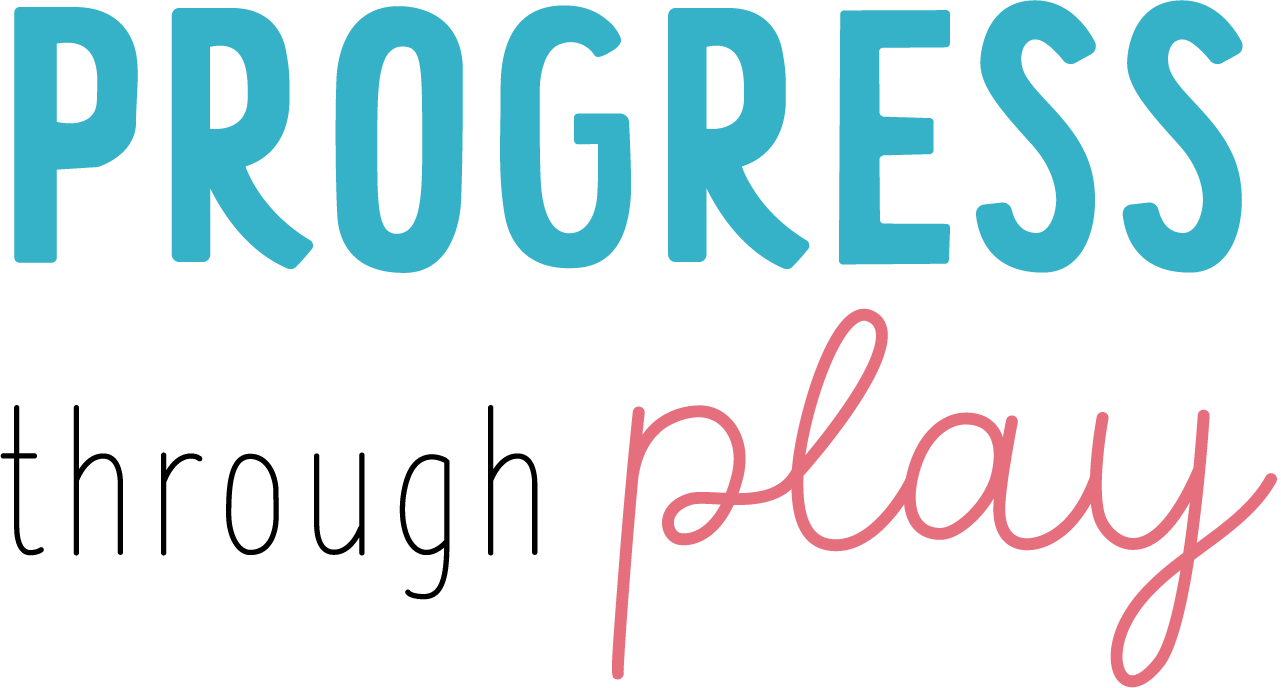Why Your Infant’s Tongue Tie Release Procedure Should Not Be Treated Like an Emergency
9 times out of 10, a frenectomy is not an emergent procedure.
Read on to learn the benefits of taking your time preparing for the procedure.
In recent years, awareness of tongue ties and their potential impact on feeding, speech, and oral development has grown significantly. Many parents, upon discovering that their baby has a tongue tie, feel an urgency to have it released as soon as possible. However, it’s important to take a step back and approach this decision thoughtfully. In most cases a tongue tie release, or frenectomy, should not be treated like an emergency. Here’s why:
1. Proper Assessment Takes Time
Before moving forward with a tongue tie release, it’s crucial to have a thorough functional assessment by a qualified provider, such as an IBCLC (International Board Certified Lactation Consultant) and/or a pediatric therapist with experience in oral function. Not all tight frenula cause functional issues, and some babies can compensate well without intervention. Rushing into a procedure without a full evaluation may result in unnecessary treatment or incomplete resolution of feeding challenges.
2. Pre- and Post-Procedure Therapy is Key
A successful tongue tie release isn’t just about cutting the restrictive tissue—it’s about ensuring that the baby’s oral function improves afterward. Babies who undergo a release without proper preparation may struggle with feeding, develop new compensatory habits, or experience tension elsewhere in their bodies. Pre-release therapy, such as oral exercises, manual therapies (aka bodywork), and feeding support, helps your baby build the strength and coordination needed for optimal outcomes.
3. Healing Requires More Than Just a Quick Procedure
While a frenectomy itself is a quick procedure, the healing process is much more involved. Proper aftercare, including wound care and functional exercises, is essential to promote optimal healing and ensure that your baby gains full mobility of their tongue. Without this follow-up care, some babies may not experience the full benefits of the release, leading to frustration for both parents and baby.
4. Not Every Feeding Challenge is Due to a Tongue Tie
Many babies struggle with feeding for reasons unrelated to a tongue tie, such as oral reflex difficulties, weakness, muscle or fascial tension, or latch mechanics. Addressing underlying issues first—before opting for a release—can sometimes improve feeding without the need for surgery. A holistic approach that considers the whole baby, including their body alignment and reflex integration, is often more effective in the long run.
5. Rushing Into a Procedure Can Cause Unnecessary Stress
Parenting a newborn is already overwhelming, and adding a sense of urgency to a tongue tie release can create unnecessary stress. Taking time to gather information, work with a team of specialists, and understand the full picture allows for a more informed and confident decision. Your baby’s long-term oral function and comfort should be the priority—not simply getting the procedure done as soon as possible.
A Thoughtful Approach Leads to Better Outcomes
Instead of treating a tongue tie release like an emergency, focus on building a comprehensive plan that supports your baby’s feeding, movement, and development. Consult with experienced professionals, incorporate pre- and post-release therapies, and remember that every baby is unique. By taking a measured approach, you can set your baby up for long-term success and avoid unnecessary interventions.
Does your baby have a suspected tongue tie? Download our Pre-Release Pathway Guide for more comprehensive information!

